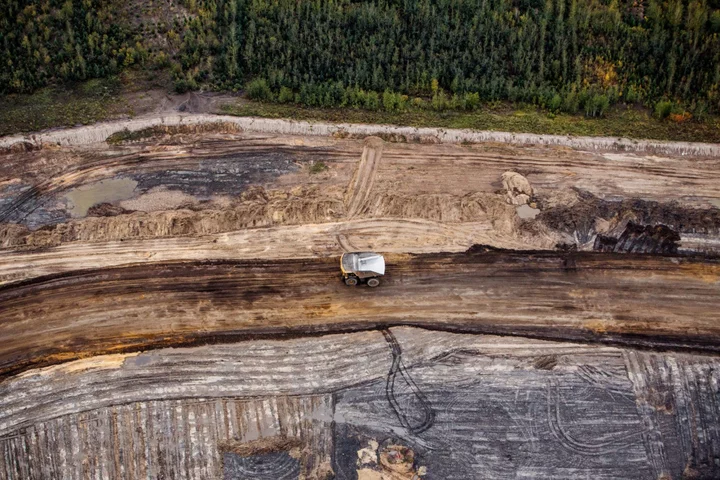Canada’s main oil-producing region in northeastern Alberta faces an increased risk of wildfires as temperatures rise over the weekend, provincial officials said.
Wildfires this year have largely spared the oil sands in northeastern Alberta, but have hammered the western and northwestern parts of the province, forcing the evacuation of as many as 30,000 people and curtailing natural gas output. That pattern is threatening to shift this weekend as temperatures rise and conditions dry out across northern Alberta, Christie Tucker, wildfire information officer, said at a press conference Thursday.
“The northeast has been relatively less affected than other parts of the province so far,” she said. “But that could certainly change because they will be seeing similar conditions to other parts in the north of the province.”
This year’s wildfires have been far less destructive than the blazes that tore through Canada’s oil-sands region seven years ago. The blazes of 2016 shut down more than a million barrels of daily crude production and razed whole sections of Fort McMurray, the region’s main city.
Rain showers have helped firefighters bring the most recent series of blazes under control in recent days. The number wildfires has fallen to 82, down from more than 100 earlier in the week, officials said. A total of 23 fires are still considered out of control. But Fort McMurray is expected to see temperatures of 32C (90F) on Sunday, according to Environment Canada.
The number of evacuees has fallen to fewer than 17,000 from as many as 31,000 earlier in the week. Meanwhile, hundreds of members of the Canadian armed forces are being deployed in areas including Grande Prairie, Fox Creek and Drayton Valley areas to assist in battling the blazes.
Oil and gas producers have been restoring production, with Pembina Pipeline Corp. saying that facilities shut due to fires have resumed operations. Peyto Exploration & Development Corp. also said it has restored essentially all production from two plants that were shut.

